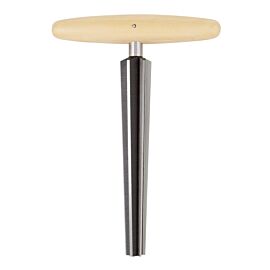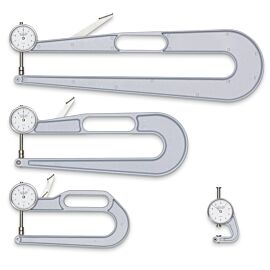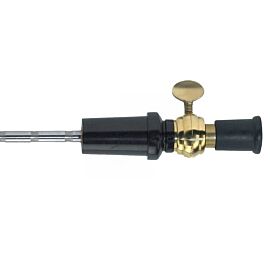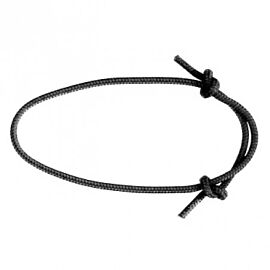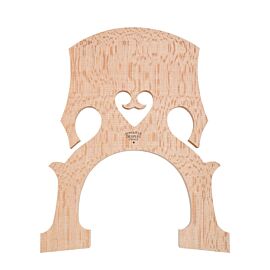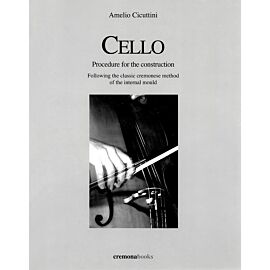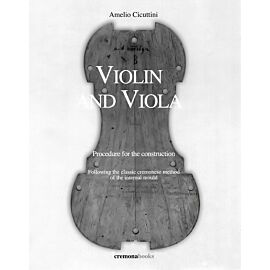€22.00
In stock
AMELIO CICUTTINI
The Double-Bass. Procedures for construction. Following the classic Cremonese method of the internal mould.
Amelio Cicuttini, an engineer originally from Friuli, approaches the Cremonese violin making for passion and elaborates, thanks to the teachings of the great master violin maker Francesco Bissolotti and the studies on classical violin making, this construction method and working procedures for the four instruments: violin, viola, cello and double bass.
ENGLISH TEXT
The Double-Bass. Procedures for construction. Following the classic Cremonese method of the internal mould.
Amelio Cicuttini, an engineer originally from Friuli, approaches the Cremonese violin making for passion and elaborates, thanks to the teachings of the great master violin maker Francesco Bissolotti and the studies on classical violin making, this construction method and working procedures for the four instruments: violin, viola, cello and double bass.
ENGLISH TEXT
Details
INDEX
Tables of measures
1 Preparation of the mould and blocks
2 Ribs
3 Linings
4 Back
5 Belly
6 Cutting the f-holes
7 Bassbar
8 Gluing
9 Extraction of the mould
10 Gluing the belly
11 Edge and corners
12 Purfling
13 Flute
14 Lower saddle
15 Neck
16 Fingerboard, nut and neck (shaping and gluing)
17 Endpin
18 Set the neck
19 Heel and button
20 Preparing for varnishing
21 Varnish
22 Pegs
23 Finish of the neck
24 Finishing the lower saddle
25 Bridge
26 Sound-post
27 Painting of the edge of the F-holes and of the peg box
28 Permanently assemble the instrument
Tables with drawings of the various parts and models
Tables of measures
1 Preparation of the mould and blocks
2 Ribs
3 Linings
4 Back
5 Belly
6 Cutting the f-holes
7 Bassbar
8 Gluing
9 Extraction of the mould
10 Gluing the belly
11 Edge and corners
12 Purfling
13 Flute
14 Lower saddle
15 Neck
16 Fingerboard, nut and neck (shaping and gluing)
17 Endpin
18 Set the neck
19 Heel and button
20 Preparing for varnishing
21 Varnish
22 Pegs
23 Finish of the neck
24 Finishing the lower saddle
25 Bridge
26 Sound-post
27 Painting of the edge of the F-holes and of the peg box
28 Permanently assemble the instrument
Tables with drawings of the various parts and models




